Unborn identical twin boys have been captured moving inside their mother’s womb at 22 weeks, in a fascinating video and photo series.
Detailed facial features and nails growing on the boys’ toes can clearly be seen in the photos taken by surgeons who had to operate on the children before they were born.
The footage was taken during laser ablation surgery to treat TTTS (twin to twin transfusion syndrome), a condition that affects identical twins who share a placenta. It can be fatal or leave them with disabilities. Laser ablation is often the best way to treat it, but can be a risky procedure.
Parents Sarah and Dan Maund, from Dorset, have shared the photos to raise awareness of the syndrome.
“I was just blown away when I saw the pictures for the first time,” said Sarah Maund, 35.
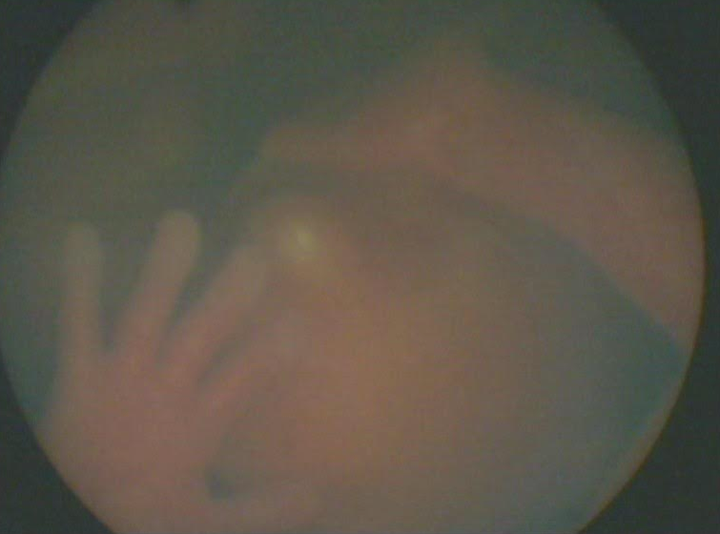
Maund added: “I knew it was bittersweet - we saw these amazing photographs that most parents will never have the opportunity to see.
“But at the same time, we were still under admission at the hospital and they were still really concerned about the twins.”
The photographs were taken by surgeon and multiple births expert Professor Basky Thilaganathan at St George’s Hospital, London, in 2014.
He said: “I don’t think all laser ablation surgeons do this, but I think it’s nice to save the photographs and video for the families so that they can see their babies.
“Sadly for some families, this will be the only chance they get to see them alive, as not all TTTS twins will survive to full term.”
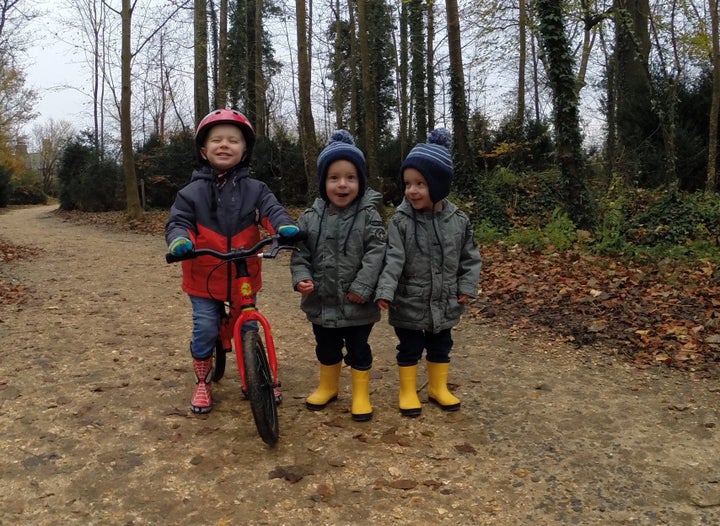
Maund was under a local anaesthetic when the procedure took place. She was laying flat when the photos were taken, so she only saw the images a few weeks later.
However her husband was in theatre with her at the time and saw the images on the screen.
“I watched the whole thing on the monitor, it was amazing,” he said.
“The images were so clear, they were like a normal photograph. I saw Basky putting the camera into Sarah’s womb too.”
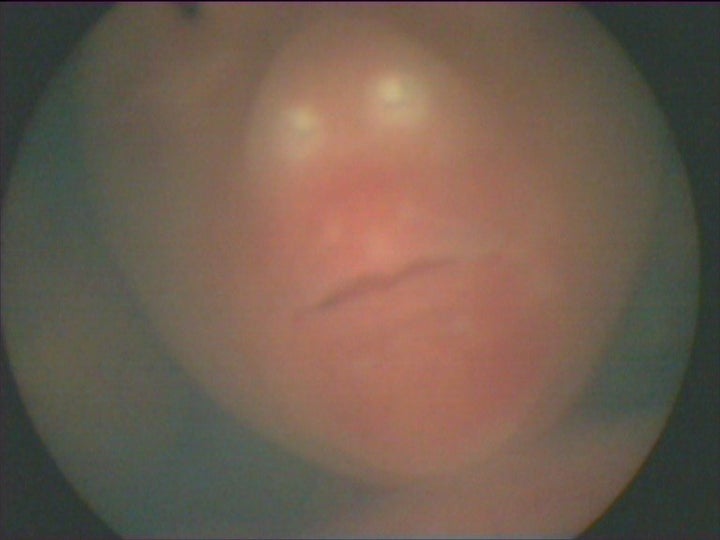
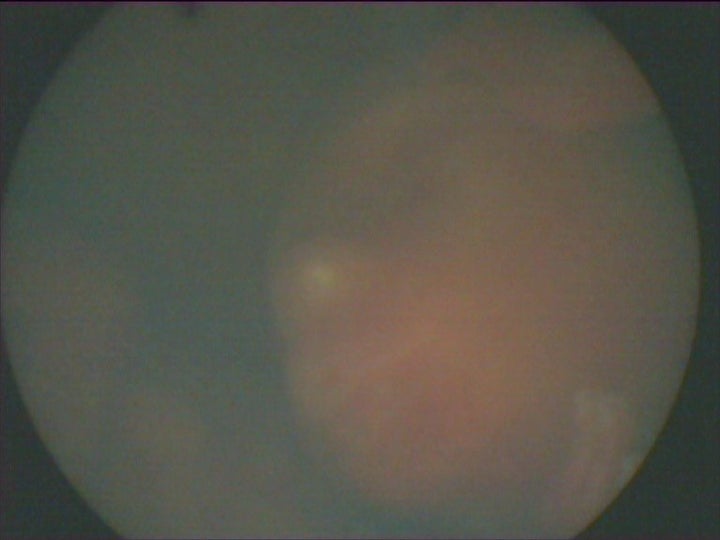
TTTS occurs in about 10-15% of identical twin pregnancies. If left untreated, 90% of these babies will die, according to twins charity, Tamba. Even with treatment, there is only up to a 70% chance of both babies surviving.
The condition affects the amount of blood passing to the twins. If the blood doesn’t flow evenly between the placenta and the twins, one baby, in this case Sebastian, will get too much blood which puts a strain on their heart - they are known as the recipient baby. The other twin in this case Henry, is known as the donor baby as they receive less blood from the placenta and can become smaller and anaemic.
Laser ablation surgery can correct this imbalance by sealing off some of the blood vessels in the placenta, so that both babies receive a more equal supply of blood.
Dan said: “It was very, very scary. I can’t even imagine what it was like for Sarah, but for me, when we were in the hospital for the operation, that’s when the emotions started flowing.
“I knew I needed to be as strong as I could for Sarah – that’s all I could really do.”
The couple had a six-hour wait for a scan to see if the procedure had worked and to find out if both twins still had heartbeats.
From then on, Sarah kept up her regular scan appointments every few days and by 25 weeks the TTTS had resolved itself.
But a few weeks later she was diagnosed with intrauterine growth restriction, which caused her to go into early labour.
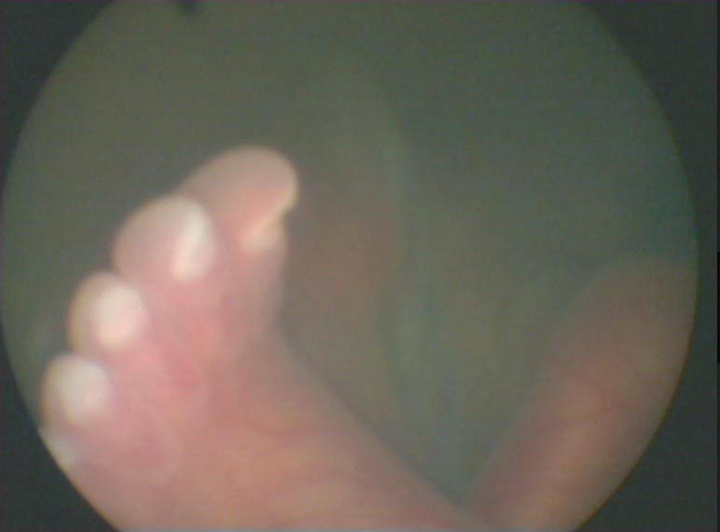
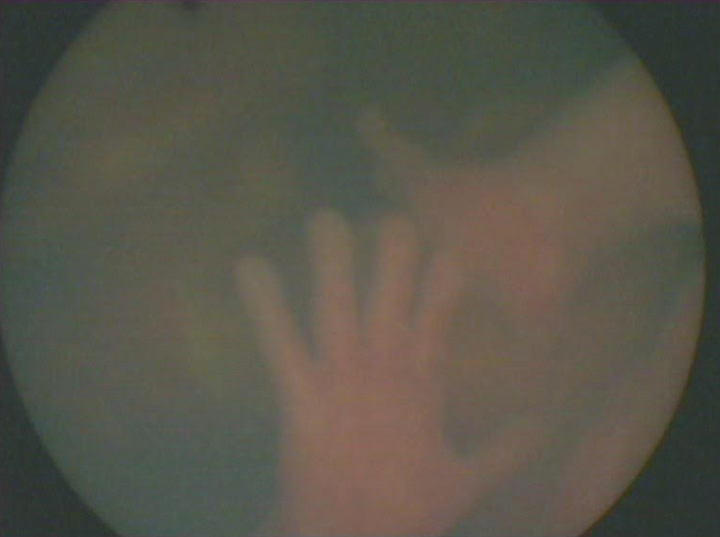
The boys arrived on 14 September 2014 by emergency caesarean section at 32 weeks – five weeks early for a twin birth. They were sent to the special care unit but after four weeks in hospital, they were allowed home.
They now enjoy playing cars with older brother, three-year-old Alfie, and getting into mischief.
Sarah said: “When I look at the womb photographs and I look at the boys now, I can’t believe how far we’ve all come. It was an incredible gift for Professor Thilaganathan to give us.
“We were given a one in three chance of both of them surviving, so we know how lucky we are to have two happy, healthy survivors.
“But I know from hearing stories from other parents that it isn’t always a happy ending to the story, which is why research into TTTS is so vital.
“We’d encourage people to give what they can to Tamba’s TTTS registry, so doctors can learn more about the condition and improve the chances of more babies surviving in future.”
National charity Tamba (Twins and Multiple Births Association) set up the TTTS registry in December 2015. Since then, nine hospitals have signed up to the registry and are now inputting data about their patients into the system. This data will be used to learn more about TTTS and increase the chances of twins surviving the condition in future.
Tamba’s CEO Keith Reed said: “Without someone doing research and tests in the first place, we wouldn’t have the laser ablation surgery today. Now we need more research so the chances of survival can increase and we see more twins surviving TTTS in future.
“But sadly all this comes at a price and we desperately need money to continue funding this project.
“I’d urge anyone to give what they can and donate to our TTTS appeal to save more tiny lives in future.”
For more information, visit the Tamba website.
